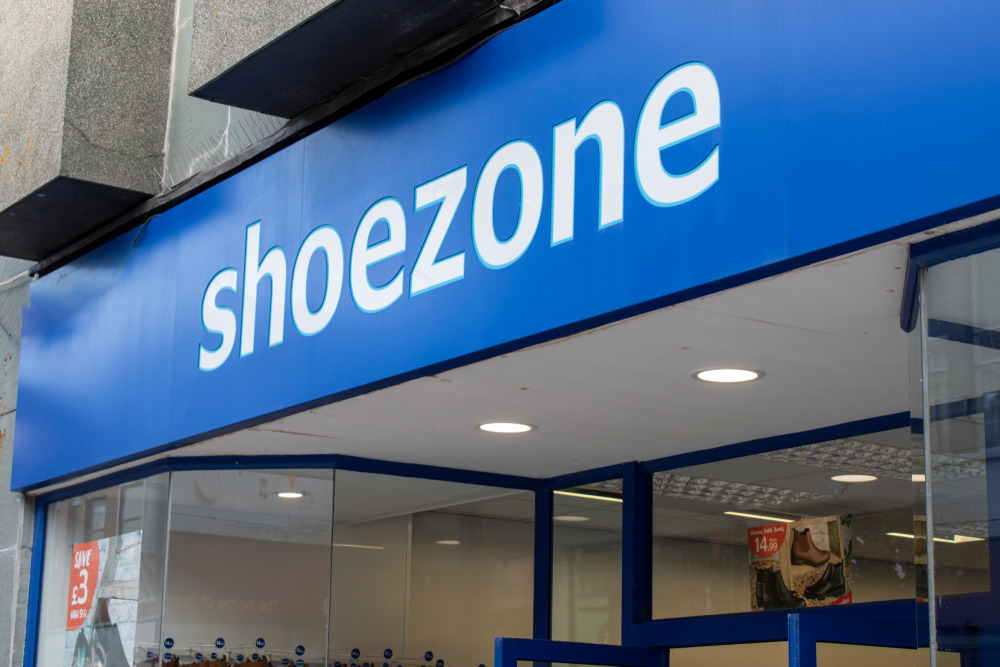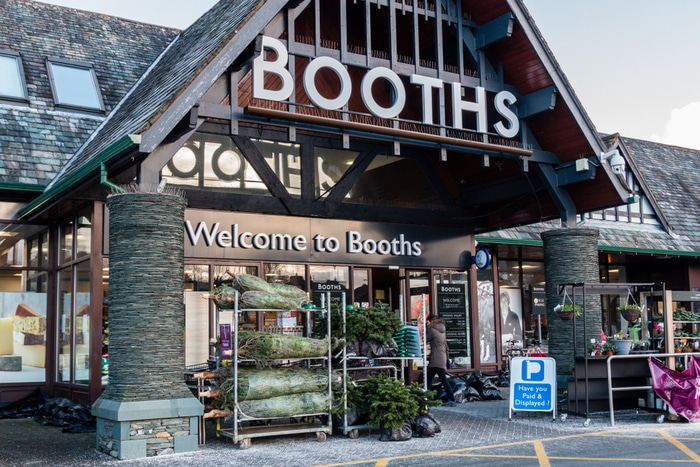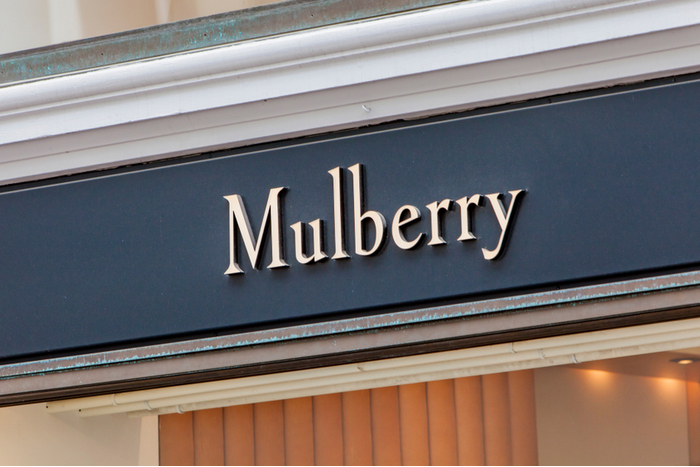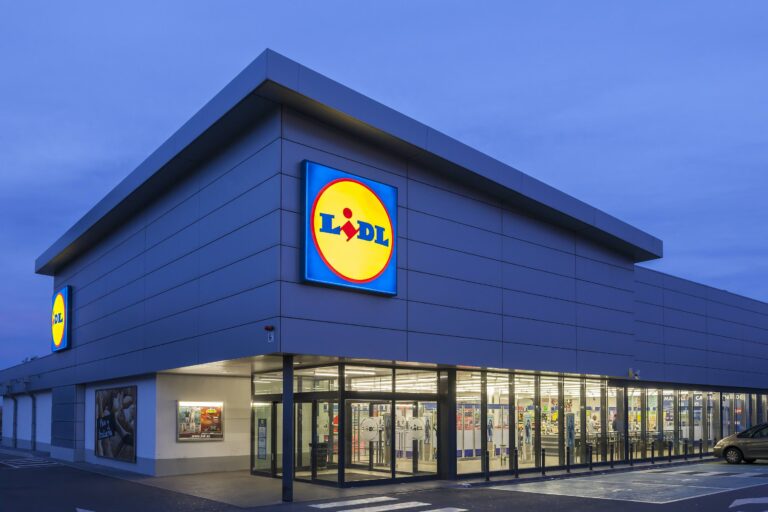The Internet of Things (IoT) is a term that has been passed back and forth within the technology industry for many years now. But it‘s only in recent times that the concept has become more of a reality due to a variety of developments that are allowing the technology to be used and controlled by consumers for their own benefit. According to Cisco, the IoT is the network of physical objects accessed through the Internet. These objects contain embedded technology to interact with internal states or external environments. More tangibly, the IoT can take many forms – increasingly connected, intuitive smartphone and tablet devices, apps and gadgets that can be wirelessly controlled. It‘s an exciting, fast-moving space to be involved in and is in a constant state of flux – not a month goes by when another internet-connected everyday object or device is launched, proclaiming to save consumers minutes and hours in a time-poor, convenience-first world.
But what does this type of innovation offer retailers? Is the IoT a true disruptor in the field, providing huge competitive possibilities for retailers? Or is it simply a fad and distraction that takes time away from building mutually beneficial and long-term relationships with the customer?
Here we take a look at some of the ways that the Internet of Things is providing new ways of reaching consumers and the challenges and opportunities it will present to retailers who want to remain ahead of the competition.
Does connected really mean engaged?
According to BI Intelligence, there will be approximately 75 billion devices connected to the Internet by 2020. It‘s no secret that consumers are increasingly turning to their plethora of Internet-enabled devices to chat to friends, browse clothing stores online and vent their customer service frustrations on Twitter. But being increasingly connected with those around you doesn‘t necessarily mean you‘re more engaged and invested in brands. In fact, it can mean the opposite. Recent research we conducted with YouGov found that, as a result of the many devices and touchpoints available at consumers‘ fingertips, a new breed of consumer has been born.
The ‘distracted consumer‘ flits between the TV, smartphone and tablet and back again, multi-tasking and dividing their attention between the many screens. The outcome of this ‘dual screening‘ is that these consumers are spending increasingly less time – 30 seconds or less depending on the channel – listening to and reading online marketing communications. They are more selective about the marketing messages they pay attention to, which means that retailers need to savvy about types of message and methods they use to create dialogue with shoppers. The window for capturing a consumer‘s interest constantly diminishes. But if consumers are increasingly using internet-enabled devices, be it tablet, smartphone or even smart TV – then it makes sense for retailers to go where the shoppers are and use these channels and devices within marketing campaigns. The challenge is doing this in a way that works for both brand and the individual consumer.
The IoT opportunity
With an estimated average annual growth rate of 31 per cent, the Internet of Things will increasingly become part of the marketing / CRM conversation. However, whether retailers will be successful in integrating the Internet of Things into wider marketing strategies remains to be seen. In-store and e-commerce experiences will become increasingly blurred as shoppers can use technology such as in-store wi-fi or virtual reality changing rooms – to craft an increasingly seamless experience. Here are just a few examples of how the Internet of Things is making a difference today and what it could mean for retailers:
Ӣ Did my fridge just talk? РAfter many years of hype, we may all be soon using fridges that assess








